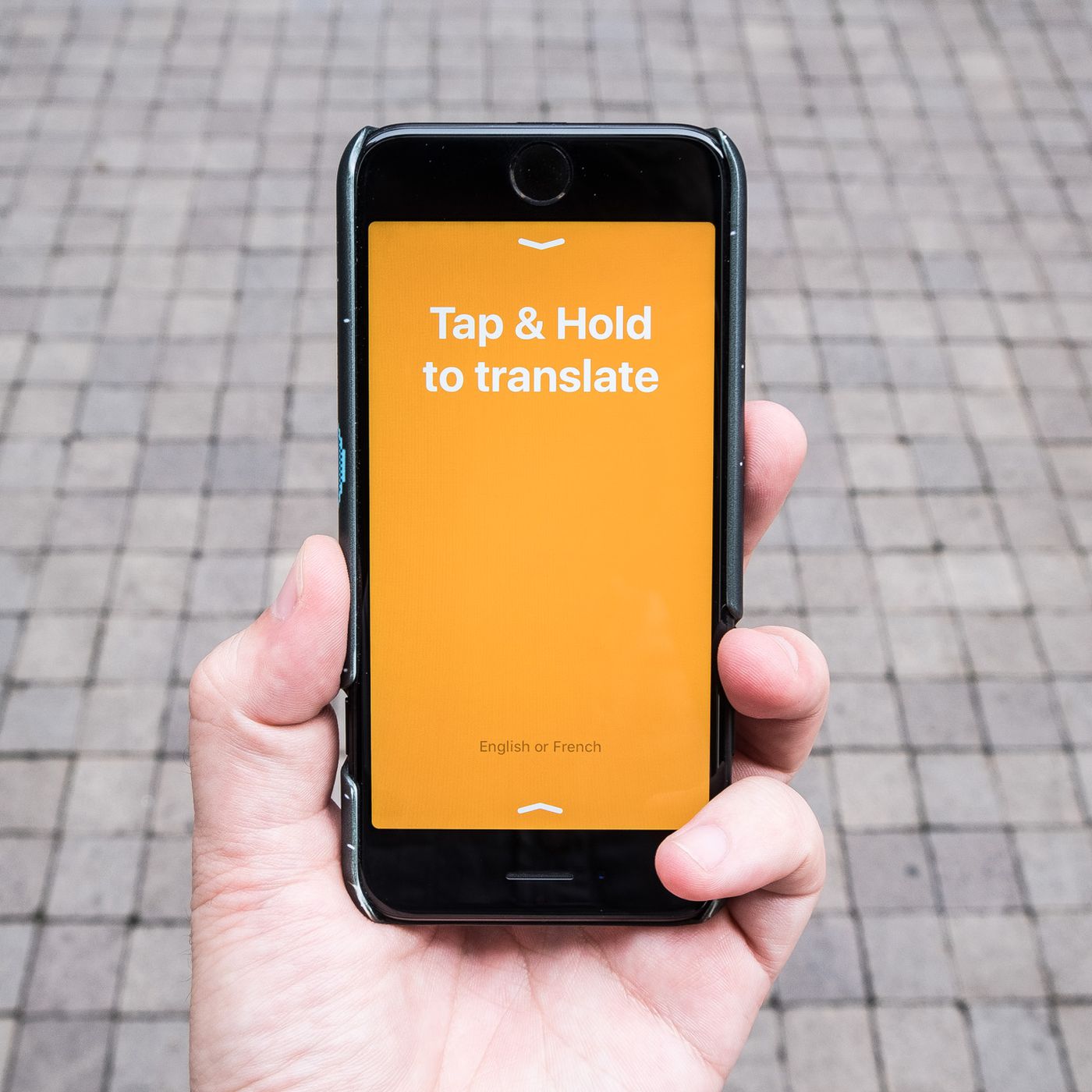In an increasingly interconnected world, the ability to communicate effectively across language barriers has become more important than ever. Whether you’re traveling for business or pleasure, being able to navigate a foreign language can greatly enhance your experience and open doors to new opportunities. However, language barriers can also be a source of frustration and misunderstanding. In this blog post, we will explore some valuable tips and strategies for overcoming language barriers and achieving effective communication abroad.
1. Embrace a Positive Attitude
The first step towards overcoming language barriers is to approach the situation with a positive attitude. Instead of feeling overwhelmed or frustrated, view language differences as an exciting challenge and an opportunity for personal growth. Embrace the experience of learning and adapting to a new language, and you’ll find that your mindset can greatly impact your ability to communicate effectively.
2. Learn Basic Phrases
Learning a few basic phrases in the local language can go a long way in facilitating communication. Simple greetings, phrases for expressing gratitude, and requesting assistance are essential in any language. Locals will appreciate your effort, even if you make mistakes. Utilize language learning apps, phrasebooks, or take a language course before your trip to familiarize yourself with the basics. Remember, the goal is not fluency, but rather to establish a connection and show respect for the local culture.

3. Use Non-Verbal Communication
When words fail, non-verbal communication can bridge the gap. Body language, facial expressions, and gestures are universal and can convey meaning across language barriers. Maintain eye contact, use hand gestures appropriately, and be aware of your own body language to ensure your messages are clear and understood. It’s essential to be mindful of cultural differences in non-verbal communication as well, as certain gestures can carry different meanings in different cultures.
4. Utilize Visual Aids
Visual aids are powerful tools for overcoming language barriers. Pointing at maps, using images, or utilizing technology such as translation apps or language translation devices can help you convey information more effectively. Technology has advanced significantly in recent years, with real-time translation apps available on smartphones, making communication easier and more accessible.
5. Seek Out Language Exchange Opportunities
Engaging in language exchange programs or finding language partners in your destination can enhance your language skills and provide opportunities for meaningful conversations. These exchanges allow you to practice speaking the local language while also helping others practice your native language. Language exchange platforms, local meetup groups, and community centers are great resources to connect with language learners and native speakers.
6. Be Patient and Respectful
Patience and respect are crucial when communicating across language barriers. Understand that misunderstandings may occur, and it’s essential to remain patient and avoid becoming frustrated. Speak slowly and clearly, and be willing to repeat or rephrase your sentences if needed. Additionally, showing respect for the local culture, customs, and language can foster goodwill and create a more conducive environment for effective communication.

7. Utilize Technology and Translation Tools
Technology has revolutionized the way we communicate, and it can be a valuable asset in overcoming language barriers. Translation apps, language learning apps, and online dictionaries can be extremely useful when you need quick translations or assistance with unfamiliar words. However, remember that technology is not infallible, and it’s always best to double-check translations for accuracy.
8. Engage in Active Listening
Effective communication is a two-way street, and active listening plays a vital role in understanding others. Pay close attention to non-verbal cues, tone of voice, and context to comprehend the meaning behind the words being spoken. Take the time to understand the other person’s perspective and be receptive to their communication style. By actively listening, you can bridge language gaps and foster better understanding.
Conclusion
Language barriers need not be insurmountable obstacles. With the right mindset, preparation, and a willingness to adapt, effective communication abroad is within reach. By embracing a positive attitude, learning basic phrases, utilizing non-verbal communication, and leveraging technology and translation tools, you can navigate foreign language barriers with confidence and ease. Remember, effective communication goes beyond words; it’s about building connections and fostering understanding across cultures. So, the next time you find yourself in a foreign land, take these tips to heart and watch as language barriers become mere stepping stones on your journey of exploration and connection.


